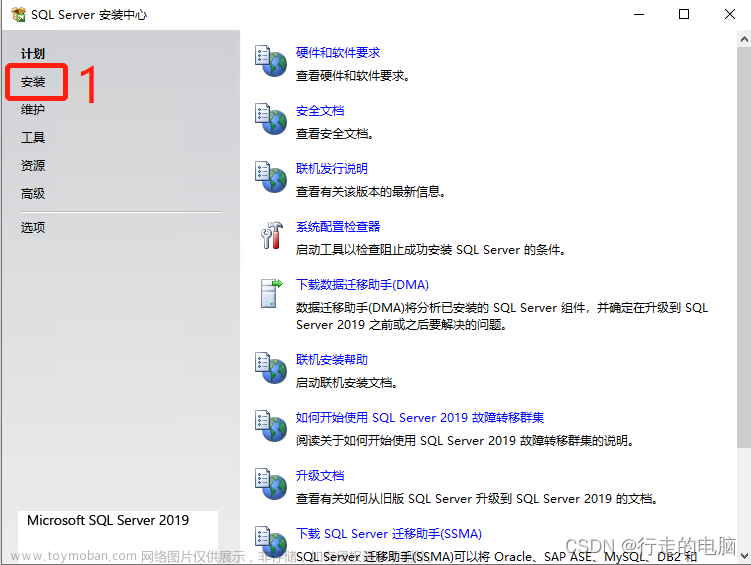Comparison with RoCEv2 Networks
RoCEv2 Congestion Management (explained in Chapter 7) uses the same mechanism as ECN in TCP/IP networks. Compare Figure 8-103 with Figure 7-17 in Chapter 7. You can notice that Steps 1 to 4 are the same. The difference is after a destination receives a CE-marked IP packet. RoCEv2 拥塞管理(在第 7 章中解释)使用的机制与 TCP/IP 网络中的 ECN 相同。比较图 8-103 和第 7 章中的图 7-17。可以发现步骤 1 至 4 是相同的。不同之处在于目的地收到 CE 标记的 IP 数据包后。
The following are the notable differences between the two approaches: 以下是两种方法的显著区别:
1. Notification to the traffic source: RoCEv2 uses UDP as the layer 4 transport. UDP does not have a concept of a connection. Hence, the upper layer (RoCEv2) must send its dedicated Congestion Notification Packet (CNP) for reflecting the congestion information from the traffic destination to the source. In contrast, TCP uses the ECE flag in its standard header. RoCEv2 使用 UDP 作为第 4 层传输。UDP 没有连接的概念。因此,上层(RoCEv2)必须发送其专用的拥塞通知包(CNP),以反映从流量目的地到源的拥塞信息。相比之下,TCP 在其标准报头中使用 ECE 标志。文章来源:https://www.toymoban.com/news/detail-830006.html
文章来源地址https://www.toymoban.com/news/detail-830006.html
到了这里,关于Chapter 8 - 12. Congestion Management in TCP Storage Networks的文章就介绍完了。如果您还想了解更多内容,请在右上角搜索TOY模板网以前的文章或继续浏览下面的相关文章,希望大家以后多多支持TOY模板网!







